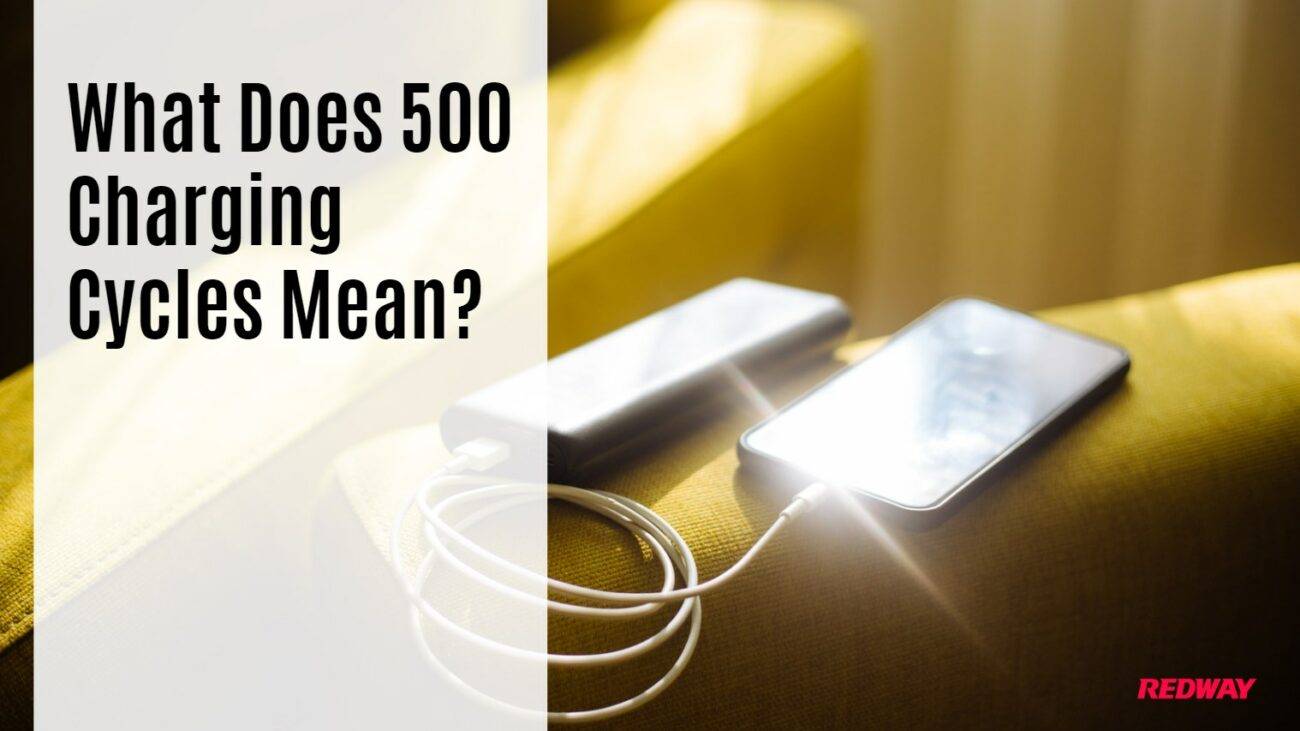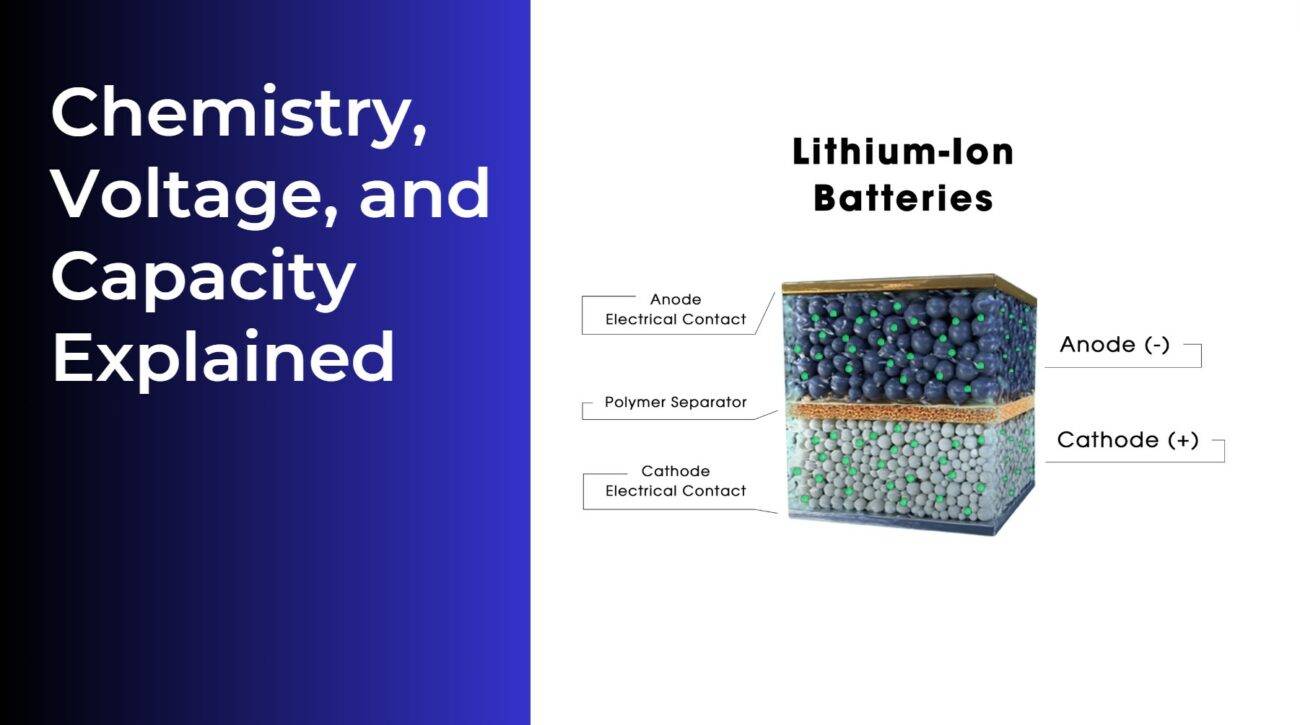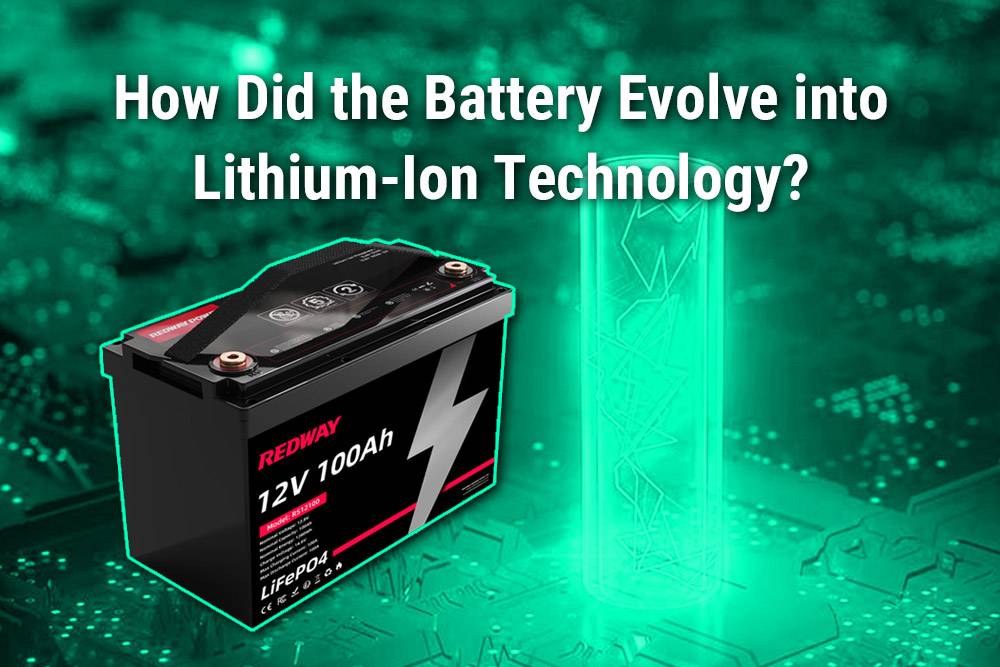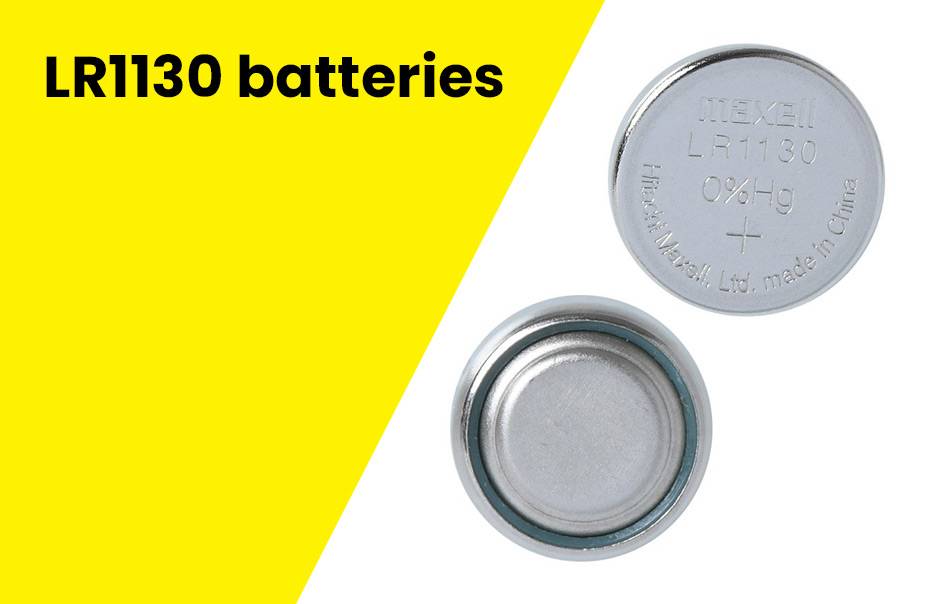- Lithium Golf Cart Battery
- Forklift Lithium Battery
-
48V
- 48V 210Ah
- 48V 300Ah
- 48V 420Ah (949 x 349 x 569 mm)
- 48V 420Ah (950 x 421 x 450 mm)
- 48V 456Ah
- 48V 460Ah (830 x 630 x 590 mm)
- 48V 460Ah (950 x 421 x 450 mm)
- 48V 460Ah (800 x 630 x 600 mm)
- 48V 460Ah (820 x 660 x 470 mm)
- 48V 500Ah
- 48V 560Ah (810 x 630 x 600 mm)
- 48V 560Ah (950 x 592 x 450 mm)
- 48V 600Ah
- 48V 630Ah
-
48V
- 12V Lithium Battery
12V 150Ah Lithium RV Battery
Bluetooth App | BCI Group 31
LiFePO4 Lithium
Discharge Temperature -20°C ~ 65°C
Fast Charger 14.6V 50A
Solar MPPT Charging - 24V Lithium Battery
- 36V Lithium Battery
- 48V Lithium Battery
-
48V LiFePO4 Battery
- 48V 50Ah
- 48V 50Ah (for Golf Carts)
- 48V 60Ah (8D)
- 48V 100Ah (8D)
- 48V 100Ah
- 48V 100Ah (Discharge 100A for Golf Carts)
- 48V 100Ah (Discharge 150A for Golf Carts)
- 48V 100Ah (Discharge 200A for Golf Carts)
- 48V 150Ah (for Golf Carts)
- 48V 160Ah (Discharge 100A for Golf Carts)
- 48V 160Ah (Discharge 160A for Golf Carts)
-
48V LiFePO4 Battery
- 60V Lithium Battery
-
60V LiFePO4 Battery
- 60V 20Ah
- 60V 30Ah
- 60V 50Ah
- 60V 50Ah (Small Size / Side Terminal)
- 60V 100Ah (for Electric Motocycle, Electric Scooter, LSV, AGV)
- 60V 100Ah (for Forklift, AGV, Electric Scooter, Sweeper)
- 60V 150Ah (E-Motocycle / E-Scooter / E-Tricycle / Tour LSV)
- 60V 200Ah (for Forklift, AGV, Electric Scooter, Sweeper)
-
60V LiFePO4 Battery
- 72V~96V Lithium Battery
- Rack-mounted Lithium Battery
- E-Bike Battery
- All-in-One Home-ESS
- Wall-mount Battery ESS
-
Home-ESS Lithium Battery PowerWall
- 24V 100Ah 2.4kWh PW24100-S PowerWall
- 48V 50Ah 2.4kWh PW4850-S PowerWall
- 48V 50Ah 2.56kWh PW5150-S PowerWall
- 48V 100Ah 5.12kWh PW51100-F PowerWall (IP65)
- 48V 100Ah 5.12kWh PW51100-S PowerWall
- 48V 100Ah 5.12kWh PW51100-H PowerWall
- 48V 200Ah 10kWh PW51200-H PowerWall
- 48V 300Ah 15kWh PW51300-H PowerWall
PowerWall 51.2V 100Ah LiFePO4 Lithium Battery
Highly popular in Asia and Eastern Europe.
CE Certification | Home-ESS -
Home-ESS Lithium Battery PowerWall
- Portable Power Stations
How Many Cycles and Years Can a LiFePO4 Battery Last?
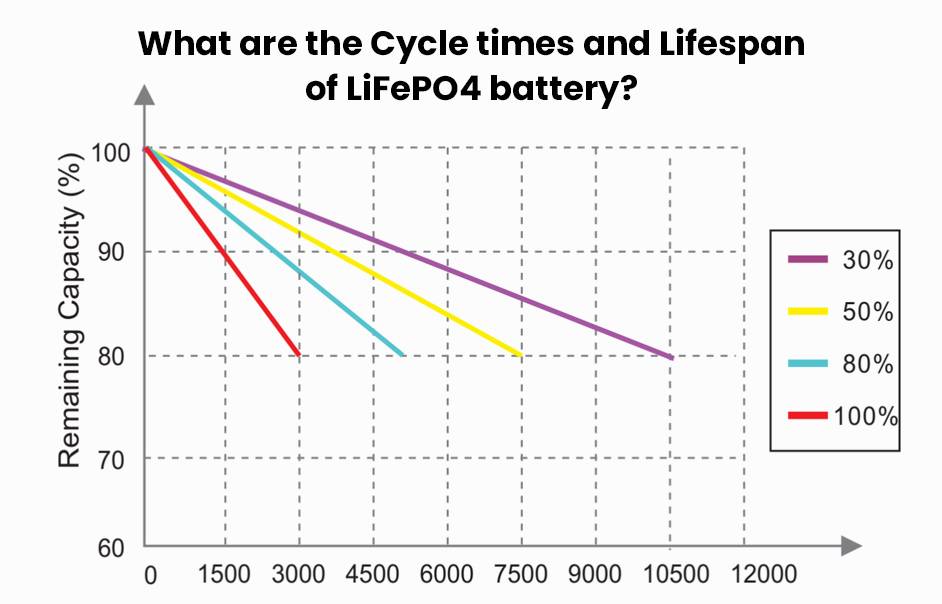
LiFePO4 batteries, or lithium iron phosphate batteries, are known for their exceptional longevity and reliability, with lifespans exceeding 4000 cycles. This translates to over ten years of use in many applications, making them an excellent investment for renewable energy systems and other high-performance needs.
What is the lifespan of a LiFePO4 battery?
The lifespan of a LiFePO4 battery typically ranges from 5 to 10 years, depending on usage and maintenance. When charged and discharged regularly, these batteries can endure over 4000 cycles, translating to approximately 10 years of daily use. This impressive longevity significantly reduces the need for frequent replacements, providing excellent long-term value.Chart: Lifespan Comparison
| Battery Type | Average Lifespan | Average Cycles |
|---|---|---|
| Lead-Acid | 2-5 years | 500-1000 cycles |
| Lithium-ion | 3-5 years | 500-3000 cycles |
| LiFePO4 | 5-10 years | 4000+ cycles |
How many cycles can a LiFePO4 battery endure?
LiFePO4 batteries can typically endure 4000 to over 7000 cycles depending on their quality and depth of discharge (DoD). High-quality models may even reach up to 10,000 cycles under optimal conditions. The cycle life is a critical metric that indicates how many times a battery can be fully charged and discharged before its capacity falls below a specified level.Chart: Cycle Life Based on Quality
| Battery Quality | Estimated Cycle Life |
|---|---|
| Low Quality | 2000 – 2500 cycles |
| Medium Quality | 4500 – 6000 cycles |
| High Quality | 7000 – 10,000 cycles |
What factors affect the lifespan of LiFePO4 batteries?
Several factors influence the lifespan of LiFePO4 batteries:
- Depth of Discharge (DoD): A lower DoD generally extends battery life. Operating consistently at high DoD can reduce overall cycles.
- Temperature: Extreme temperatures can negatively impact performance and longevity. Optimal operating temperatures range from 0°C to 45°C.
- Charging Practices: Using the correct charger and avoiding overcharging are crucial for maintaining battery health.
Understanding these factors helps users maximize their investment in LiFePO4 technology.
How does depth of discharge influence cycle life?
Depth of discharge (DoD) refers to how much energy is drawn from the battery relative to its total capacity. For instance:
- Operating at 80% DoD typically allows for around 5000 cycles.
- Reducing DoD to 50% can significantly increase cycle life, potentially exceeding 7000 cycles.
Maintaining a lower DoD is beneficial for extending the overall lifespan of the battery.
Why are LiFePO4 batteries considered safe and reliable?
LiFePO4 batteries are renowned for their safety features:
- Thermal Stability: They have a lower risk of thermal runaway compared to other lithium-ion technologies.
- Non-combustible Components: The materials used in these batteries resist combustion, enhancing safety during operation.
- Consistent Voltage Output: They maintain stable voltage throughout their discharge cycle, ensuring reliable performance.
These characteristics make them suitable for various applications, including renewable energy systems and electric vehicles.
Can I find alternatives to LiFePO4 batteries?
Yes, alternatives to LiFePO4 batteries include:
- Lithium-ion Batteries: Generally offer higher energy density but shorter lifespans.
- Lead-Acid Batteries: More affordable upfront but have significantly shorter lifespans and require maintenance.
For those seeking reliable lithium solutions, Redway Power provides excellent alternatives that combine performance with longevity.
How can battery wholesale buyers benefit from Redway Power?
Tips for Battery Wholesale Buyers
Battery wholesale buyers should consider several key points when sourcing products:
- Quality Assurance: Choose manufacturers like Redway Power, which has over 13 years of experience in lithium battery production.
- OEM Orders: Clearly communicate specifications when placing OEM orders to ensure product quality.
- Cost Efficiency: Compare prices while considering quality to achieve the best value.
By partnering with a reputable manufacturer like Redway Power, buyers can secure dependable lithium battery solutions that serve as excellent alternatives to lead-acid technologies.
Redway Power Expert Views
“LiFePO4 technology represents a significant advancement in battery safety and longevity. With proper care, these batteries not only outperform traditional options but also provide peace of mind due to their inherent stability,” states an expert from Redway Power.This perspective emphasizes the importance of investing in high-quality lithium technologies that enhance both performance and safety across various applications.
FAQ Section
- What is the typical lifespan of a LiFePO4 battery?
LiFePO4 batteries typically last between 5 to 10 years, depending on usage and maintenance practices. - How many charge cycles can I expect from a LiFePO4 battery?
You can expect between 4000 to over 7000 charge cycles from a high-quality LiFePO4 battery, with some models reaching up to 10,000 cycles under optimal conditions. - What factors influence the lifespan of my LiFePO4 battery?
Key factors include depth of discharge, operating temperature, and charging practices, all of which play significant roles in determining overall lifespan. - Are there safer alternatives to lead-acid batteries?
Yes, lithium-ion options like those offered by Redway Power provide enhanced safety features and longer lifespans compared to traditional lead-acid batteries.














